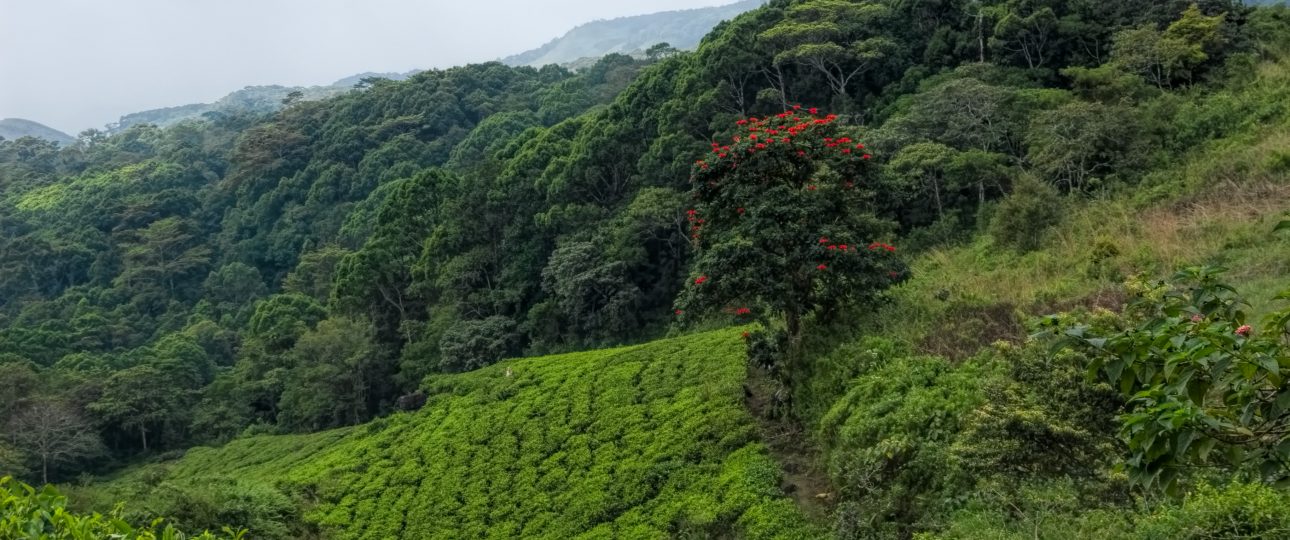Sinharaja Forest Reserve: A Biodiversity Haven in Sri Lanka
Discovering Sinharaja Forest Reserve
Sinharaja Forest Reserve is a UNESCO World Heritage Site and one of Sri Lanka’s last remaining rainforests. Covering 89 square kilometers, this reserve is renowned for its rich biodiversity. It is home to numerous endemic species of flora and fauna, making it a prime destination for nature enthusiasts.
Unique Biodiversity
Sinharaja is a paradise for birdwatchers, with over 30 endemic bird species. Notable sightings include the Sri Lanka Blue Magpie, Sri Lankan Bay Owl, and Serendib Scops Owl. The forest also hosts a variety of reptiles, such as the Green Pit Viper. Visitors should be prepared for encounters with leeches, so wearing long clothing and using repellent with picaridin or DEET is advisable.
Best Time to Visit
The ideal time to explore Sinharaja is from December to early April or between August and September. These periods offer the best weather conditions for trekking and wildlife observation. However, as a tropical rainforest, rain can occur at any time, adding to the forest’s lush atmosphere.
Getting to Sinharaja Forest Reserve
Sinharaja is located in the southwestern part of Sri Lanka. The main entrance is at Kudawa, with additional access points at Pitadeniya and Morning Side. Public transport can be complex, involving multiple bus transfers from Hatton to Kudawa. The journey includes stops at Avissawella, Ratnapura, and Kalawana. Be prepared for a half-mile walk from Kudawa to the forest entrance. The entrance fee is Rs. 500 per person, and hiring a guide from Kudawa or Weddagala is recommended.
Exploring the Reserve
Guided Tours
Hiring a local guide is essential for navigating the forest’s trails and maximizing your experience. Guides can point out unique wildlife and provide insights into the ecosystem. Be cautious of scams at the Pitadeniya entrance and ensure you hire a reputable guide.
Trail Options
Sinharaja offers various trails, including the popular Moulawella Trail and the challenging Suriyakanda-Morningside Trail. These trails provide opportunities for wildlife sightings and panoramic views. Wear sturdy boots and long trousers to protect against leeches and snakes.
Respecting Nature
Visitors should respect the environment by staying on designated trails, avoiding littering, and not disturbing wildlife. This helps preserve the reserve’s biodiversity for future generations.
Practical Tips
- Bring binoculars for birdwatching.
- Purchase drinks, snacks, and insect repellent at the small shop near the main entrance.
- Be prepared for a remote experience; plan your transport and schedule accordingly.
Sinharaja Forest Reserve offers a unique opportunity to immerse yourself in one of Sri Lanka’s most biodiverse environments. With careful planning and respect for nature, your visit can be both rewarding and memorable.




